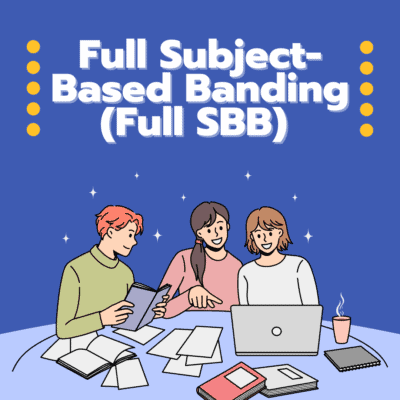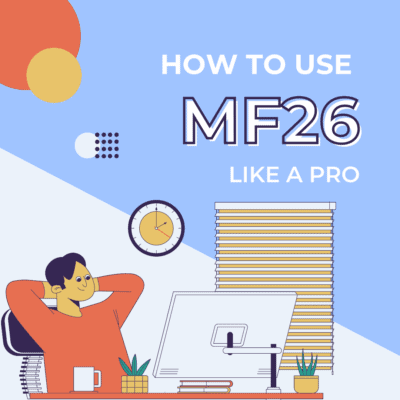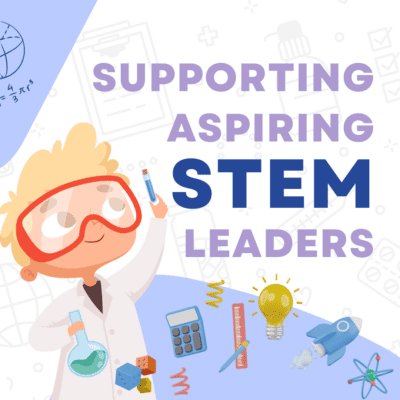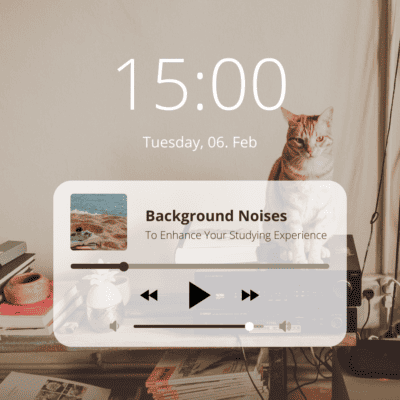The introduction of Full Subject-Based Banding (Full SBB) in Singapore’s secondary schools, slated for 2024, marks a transformative step in the nation’s educational landscape. This innovative approach departs from the traditional, rigid academic streaming system, embracing a more nuanced and inclusive education model.
At its core, Full SBB is designed to provide students with greater flexibility in their learning journeys, allowing them to select subjects at varying levels based on their strengths and interests. This shift acknowledges each student’s diverse capabilities and fosters a more collaborative and empathetic learning environment. By integrating students into mixed-form classes, Full SBB aims to dissolve the barriers created by conventional streaming, promoting interaction among peers with diverse abilities and aspirations.
Background and Implementation of Full Subject-Based Banding
Traditionally, Singapore’s education system has been characterized by a streaming process that begins after the Primary School Leaving Examination (PSLE). Students are placed into different academic tracks or ‘streams’ – Express, Normal (Academic), or Normal (Technical) – based on their PSLE scores. This system, while efficient in some respects, has often been critiqued for its rigid categorization of students and the potential stigmatization and limitations it places on student potential and development.
Recognizing these concerns, the Ministry of Education (MOE) in Singapore has been progressively moving towards a more flexible and inclusive educational structure. This program allows students in the Normal (Academic) and Normal (Technical) streams to take subjects at a higher level based on their strengths.
Removal of Express, Normal(Academic) [N(A)] and Normal(Technical) [N(T)] Streams
A significant shift in Singapore’s secondary education landscape is the removal of the traditional Express, Normal (Academic) [N(A)], and Normal (Technical) [N(T)] streams. This change is part of the Ministry of Education’s (MOE) ongoing efforts to create a more flexible and inclusive education system.
Introduction of Posting Groups: In place of the traditional streaming system, MOE will implement three Posting Groups – Posting Groups 1, 2, and 3. These groups are a transformation of the existing N(T), N(A), and Express streams, respectively. The allocation of students to secondary schools will now be based on their PSLE scores, which will fall within the range of these new Posting Groups. The purpose of these groups is twofold: firstly, to facilitate the admission of students into secondary schools, and secondly, to guide the initial levels of subjects that students can opt for at the start of their Secondary One year.
New Subject Levels – G1, G2, G3: Reflecting a more individualized approach to education, students will now have the opportunity to study subjects at three different levels, namely G1, G2, and G3 (where ‘G’ stands for General). These levels are mapped from the standards of the former N(T), N(A), and Express streams. This system offers students unprecedented flexibility in their education, allowing them to select subject levels that align with their strengths, interests, and learning needs.
Flexible and Tailored Learning Paths: The most significant aspect of this new structure is its flexibility. Students can adjust their subject levels at appropriate junctures throughout their secondary education. This means that a student’s learning journey can be highly personalized, evolving in response to their academic progress and changing interests. This approach acknowledges that every student’s learning path is unique and that their educational experience should adapt to suit their individual strengths and aspirations.
Implications for Future Education and Pathways: Under this new system, students will be assessed and will access programs and post-secondary pathways based on a combination of the various subjects and subject levels they have undertaken. This shift from a rigid streaming system to a more fluid and dynamic model reflects a broader educational philosophy that values diversity, adaptability, and personal growth.
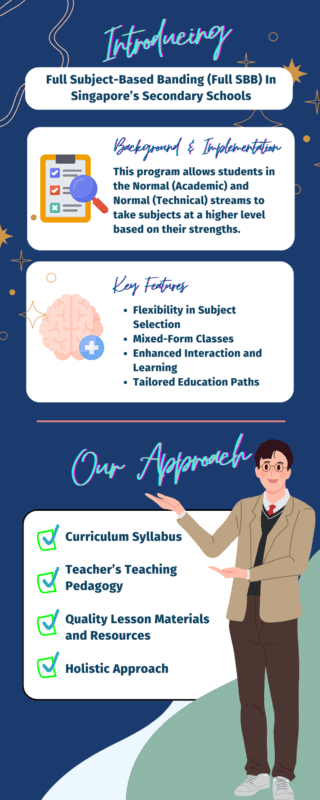
Key Features of Full SBB
- Flexibility in Subject Selection: Full SBB introduces three levels of study for each subject – G1, G2, and G3, paralleling the existing Normal (Technical), Normal (Academic) and Express standards. Students can choose subjects at different levels based on their strengths and interests. For instance, a student may take Mathematics at the G3 level and English at the G2 level. The assessment methods under Full SBB are adapted to cater to the varied levels at which students are studying each subject, ensuring fair and accurate evaluation of their capabilities.
- Mixed-Form Classes: Students from different academic levels will learn together in the same class for common subjects. This approach encourages a more integrative learning environment. Mixed-form classes promote interaction among students with diverse skill sets and knowledge bases, facilitating peer-to-peer learning and collaborative problem-solving.
- Enhanced Interaction and Learning: By interacting with peers of different strengths and interests, students will benefit from a more rounded educational experience. This interaction is expected to foster a better understanding and appreciation of diversity, promoting a more inclusive society. Full SBB recognizes the importance of holistic education, including the development of social, emotional, and leadership skills. Schools may offer specialized programs or electives that cater to specific interests or talents, further enriching the educational experience under Full SBB. Students are also encouraged to participate in CCAs, which play a vital role in character and community building, alongside academic learning.
- Tailored Education Paths: Full SBB allows students to tailor their education paths according to their strengths and interests, rather than being confined to a predetermined set of subjects based on their PSLE scores.
As educators who are committed to aligning with these progressive changes, our math tuition program has been meticulously crafted to complement and enhance the Full SBB framework. Our approach is designed to resonate with Full SBB’s core principles: flexibility in learning, tailored educational experiences, and holistic student development. We aim to provide a math tuition program that not only aligns with the national educational reforms but also amplifies their benefits. Our focus extends beyond traditional academic goals, aiming to nurture a deeper understanding and appreciation of mathematics in a way that is coherent with the diverse learning needs and aspirations of our students.
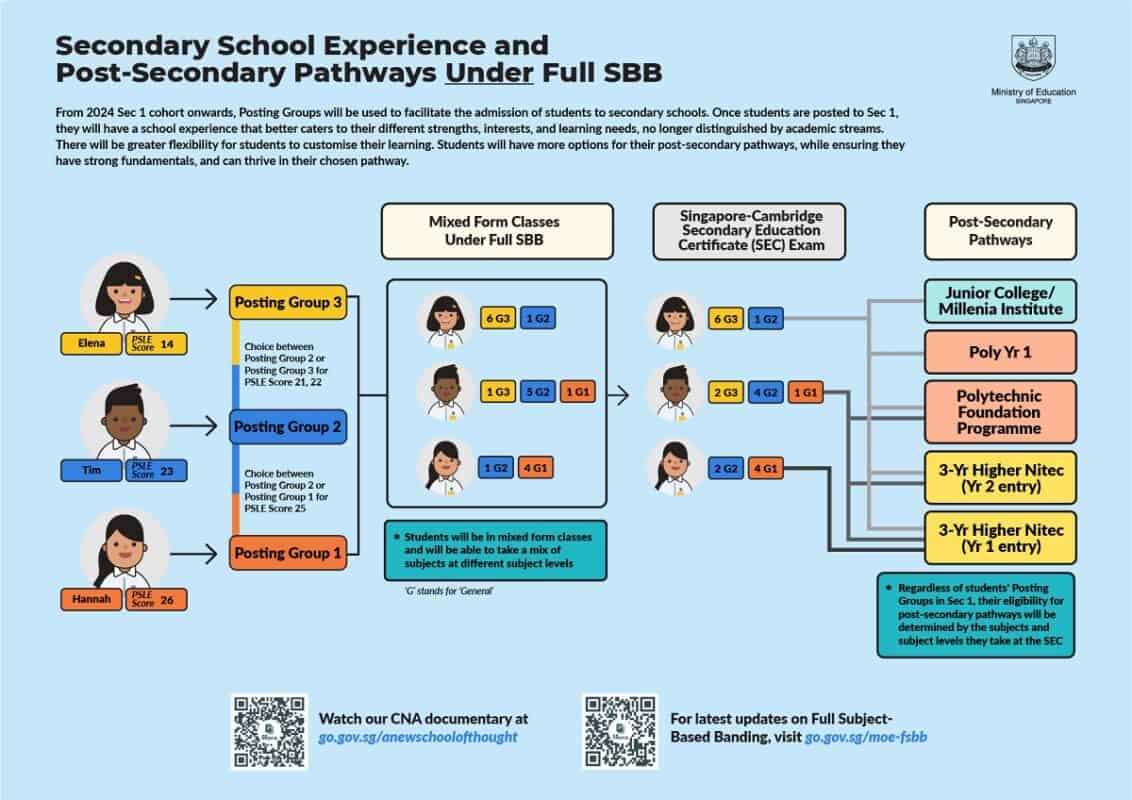
Our Approach:
- Curriculum Syllabus: Our math curriculum is structured to cater to the varying levels of proficiency as outlined in Full SBB. This ensures that our materials are relevant and challenging for students across different academic bands.
- Teacher’s Teaching Pedagogy: Our educators are trained in pedagogical approaches that echo Full SBB’s inclusive teaching philosophy. They are adept at managing mixed-ability classes, ensuring that each student’s needs are met. Consistent with Full SBB’s emphasis on deep learning, our educators prioritize understanding over rote learning, encouraging students to grasp fundamental concepts and apply them in various contexts.
- Quality Lesson Materials and Resources: Our lesson materials are designed to support a range of learning levels, which includes topical worksheets, detailed video explanations, and supplementary lesson notes. Aligning with Full SBB’s modern approach, we utilize technology to enhance learning experiences, offering online resources and digital tools that cater to individual learning styles.
- Holistic Approach: Our math tuition program also focuses on developing problem-solving skills and critical thinking, transcending mere academic achievement. Our learning environment fosters collaborative learning and peer interaction, reflecting Full SBB’s objective of mixed-form learning experiences.
In short, Full SBB is more than an educational reform; it is a vision for the future of learning, one that respects individual differences, celebrates diverse talents, and prepares students not just for exams, but for life. As Singapore prepares for the rollout of Full SBB, it sets an example for other education systems worldwide, demonstrating a commitment to developing a more equitable and dynamic learning environment. This synergy between our tuition approach and Full SBB’s framework positions us as a complementary educational resource, poised to support Singapore’s vision for a future-ready education system. As this vision comes to fruition, it promises to unlock the full potential of Singapore’s greatest asset – its young minds!
This article serves solely as advice and should not be considered a replacement for professional guidance. While these suggestions can be beneficial for many, individual experiences and needs may vary. If you or someone you know is struggling with severe anxiety or other mental health issues, it’s crucial to seek help from professional therapists or counsellors. They can provide specialized assistance tailored to individual needs.

